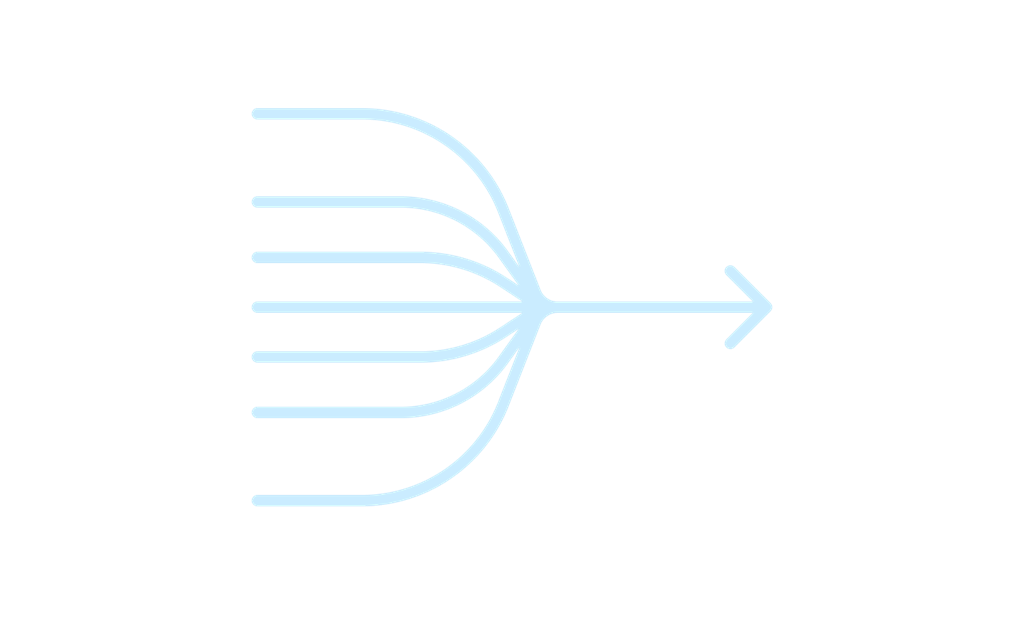Collaborative Research Environment
A pioneering, cloud-based environment for writing and sharing reproducible analysis of data.
The Collaborative Research Environment is a solution that enables WHO teams to work collaboratively on data science – creating advanced models using the latest technologies and advances such as Machine Learning algorithms.
The Collaborative Research Environment provides a compelling and easy to use environment where researchers and scientists can build, share and deploy high quality models, contributing to everyone’s work. As a cloud-based solution, the Collaborative Research Environment is a highly flexible and scalable environment, automatically adapting to the most demanding workloads. Efficient use of resources is ensured through autoscaling and integrated cost management tooling.
It is an important component of WHO's World Health Data Hub suite of tools, allowing teams to perform advanced modeling and analysis using data hosted in the the Data Lake, with the capability to disseminate results through Datadot.
Features
Ease of use and collaboration
The Collaborative Research Environment allows WHO’s data scientists to work transparently as a team with shared Jupyter notebooks using built-in support for popular open-source frameworks and libraries. This environment provides maximum productivity leveraging a state-of-the-art environment, easy computing and simplified notebook editing.
Scalability and performance
The Collaborative Research Environment can accommodate even the most demanding workloads thanks to the elasticity of a cloud-based solution. It also allows the easy deployment of patterns and models for unattended execution.
Open environment
The Collaborative Research Environment embraces open standards and accelerates developments through the use of familiar tools and access to thousands of existing scripts and libraries, in R and Python, through familiar software interfaces like Rstudio.
Seamlessly integrated
The Collaborative Research Environment is customized and integrated with other components and solutions within the World Health Data Hub suite – providing an actionable, long-term, end-to-end solution for data initiatives without the need for additional installation, configuration or tuning required of typical data science environments.

Objective
Applying data science to WHO’s data assets is an absolute necessity. Data science, artificial intelligence and/or machine learning patterns can all be applied to real life applications aimed at creating sophisticated data models, inferring new insights from raw data, or deriving predictions across complex datasets. While these core technologies have existed for a number of years, the use of cloud environments has proven to be a perfect adaptation for the complexities of advanced data projects.
About data at WHO
WHO ensures the timeliness, reliability and validity of measurements, ensuring comparability of data and allowing the world to track trends, progress and impact.
